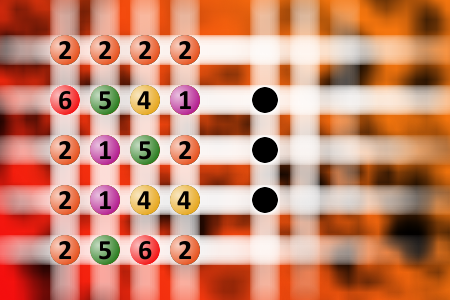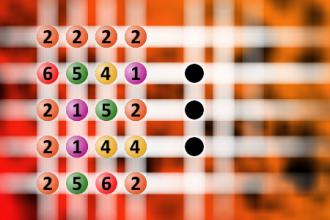Which is a winning combination of digits?
The computer chose a secret code (sequence of 4 digits from 1 to 6). Your goal is to find that code. Black circles indicate the number of hits on the right spot. White circles indicate the number of hits on the wrong spot.Correct answers: 0
#brainteasers #mastermind

Two blondes, Carol and Patt...
Two blondes, Carol and Patty, were walking down the street.
Carol noticed a compact on the sidewalk and leaned down to pick it up. She opened it, looked in the mirror and said, "Hmmm, this person looks familiar." Patty said, "Let me look!" So Carol handed her the Compact.
Patty looked in the mirror and said,"You dummy, it's me!

